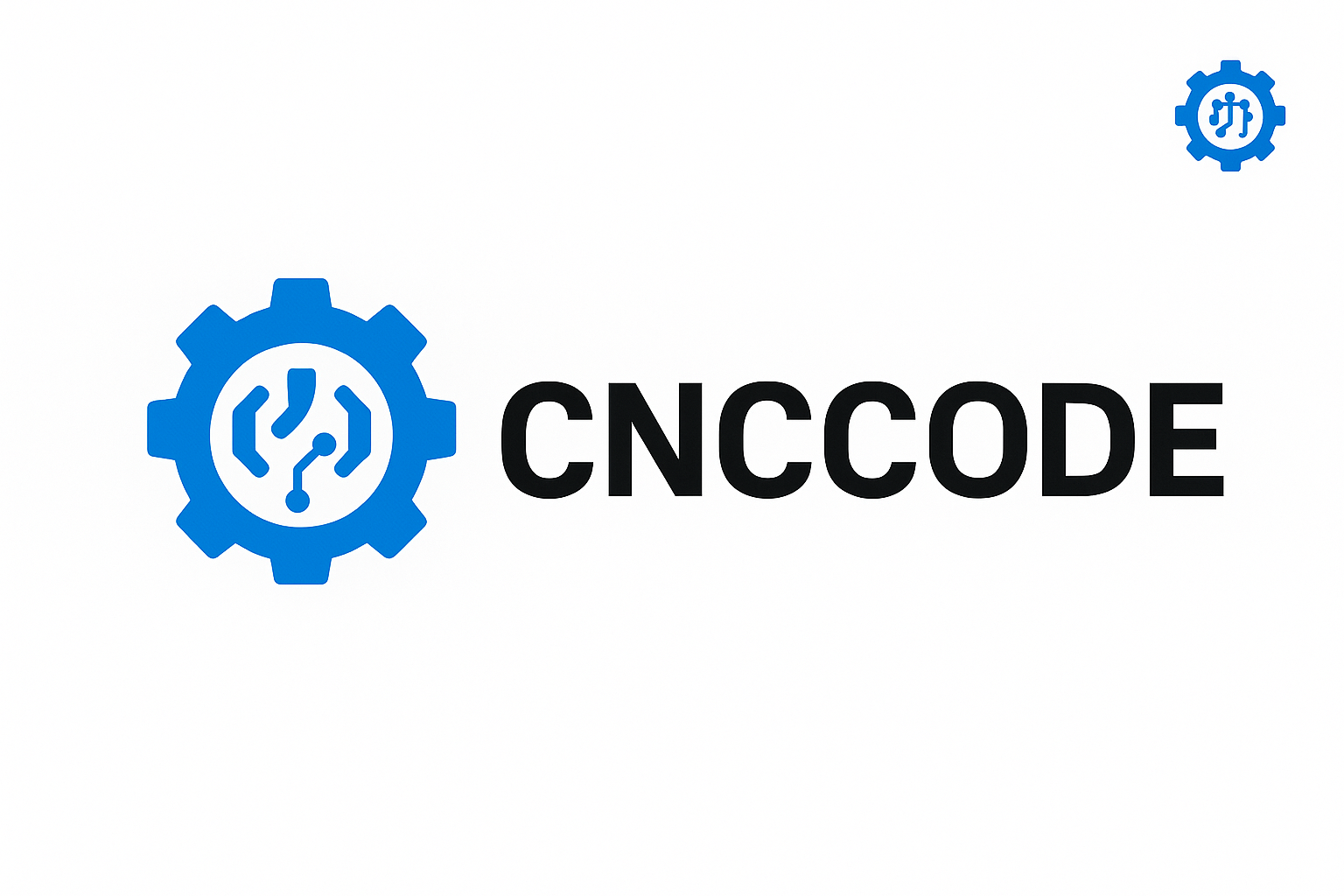Master CNC feeds and speeds to improve surface finish, reduce tool wear, and drastically increase machining efficiency. A definitive guide for hobbyists and professionals alike.
📘 Introduction
Ever wonder why your tools dull fast or why you’re not getting the crisp finish you see in pro shops?
It’s all about Feeds and Speeds.
Understanding the perfect balance between spindle speed, feed rate, and chip load can transform your entire workflow — giving you faster cuts, longer tool life, and better part quality.
This comprehensive guide covers everything from basic definitions to advanced calculations, giving you an edge in CNC performance.
🔹 1. What Are Feeds and Speeds?
- Feed Rate (F): How fast the tool moves through the material (mm/min or in/min)
- Spindle Speed (S): How fast the spindle rotates the tool (RPM)
- Chip Load: The amount of material removed per tooth per revolution
Formula:
Chip Load = Feed Rate / (Spindle Speed × Number of Flutes)
A proper chip load means you’re removing the right amount of material per tooth, not rubbing the surface or overloading the cutter.
🔹 2. Why It Matters
| Benefit | Result |
|---|---|
| 🔧 Proper Chip Load | Clean cuts, less heat |
| 🛠️ Balanced Speeds | Longer tool life |
| 💨 Optimized Feed Rate | Faster cycle times |
| 📏 Right Spindle Speed | Better surface finish |
🔹 3. Tool Types & Material Combinations
Different tool materials and geometries require different parameters:
| Tool Material | Suggested Use |
|---|---|
| HSS | Wood, Plastics |
| Carbide | Aluminum, Steel |
| Coated Carbide | Stainless, Titanium |
Match it with workpiece material:
- Aluminum: High RPM, high feed
- Steel: Lower RPM, conservative feed
- Wood: Aggressive feed, moderate RPM
🔹 4. Spindle Speed Guidelines
Example Calculation for Aluminum:
Cutting Speed = 300 m/min
Tool Diameter = 6 mm
Spindle Speed = (300 × 1000) / (π × 6) ≈ 15,915 RPM
Use online calculators or tools like:
- FSWizard
- G-Wizard
- HSMAdvisor
🔹 5. Feed Rate Tuning
Start with manufacturer’s specs, then adjust:
- Increase if chips are powdery (rubbing).
- Decrease if machine stalls or vibrations appear.
💡 Pro Tip: Listen to the cut — a clean, smooth tone means good feed; loud screeching = too fast or slow.
🔹 6. Chip Load Optimization
| Material | Chip Load (mm/tooth) |
|---|---|
| Wood | 0.05–0.3 |
| Aluminum | 0.02–0.15 |
| Steel | 0.01–0.05 |
More flutes = lower chip load required
Too low = heat/rubbing
Too high = tool breakage
🔹 7. Common Mistakes
| Mistake | Consequence | Fix |
|---|---|---|
| Wrong RPM | Overheating | Use calculator |
| Too many flutes in soft material | Clogging | Use 2-flute |
| Too slow feed | Rubbing | Increase feed |
| Skipping coolant | Heat buildup | Use air blast or mist |
🔹 8. Advanced Topics
🌀 Trochoidal Milling
A high-speed technique for harder materials using consistent chip load and smaller radial engagement.
📊 Adaptive Clearing
Used in Fusion 360 or Mastercam — keeps chip load constant for maximum efficiency.
🔁 Step-over and Step-down
Tweak horizontal and vertical engagement to reduce load.
🔹 9. Testing & Tuning Methods
- Sound test: Learn the tone of good cuts.
- Chip inspection: Curly = good. Dusty = rubbing.
- Thermal check: Use IR gun to check surface heat.
- Tool life tracking: Log run time and part count.
🔹 10. Tools You Need
- Machinist Calculator
- RPM/Feed Speed Charts
- Dial Indicator
- Caliper
- G-Code Simulator with preview
🧠 Final Thoughts
In CNC, Feeds and Speeds are the holy grail of optimization.
Master them and you’ll:
- Save time
- Save money
- Get superior finish
- Keep your tools alive longer
Join cnccode.com to share your results, compare feeds with others, and build smarter machining systems with the power of data and community!

Leave a comment